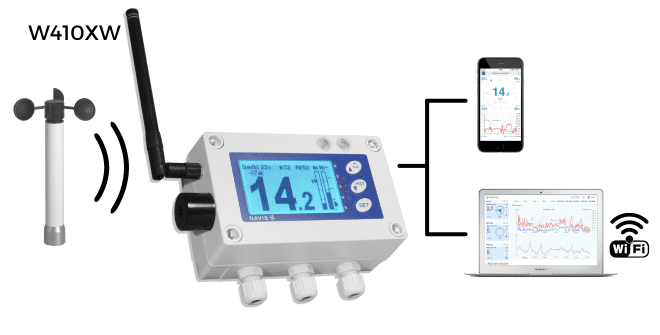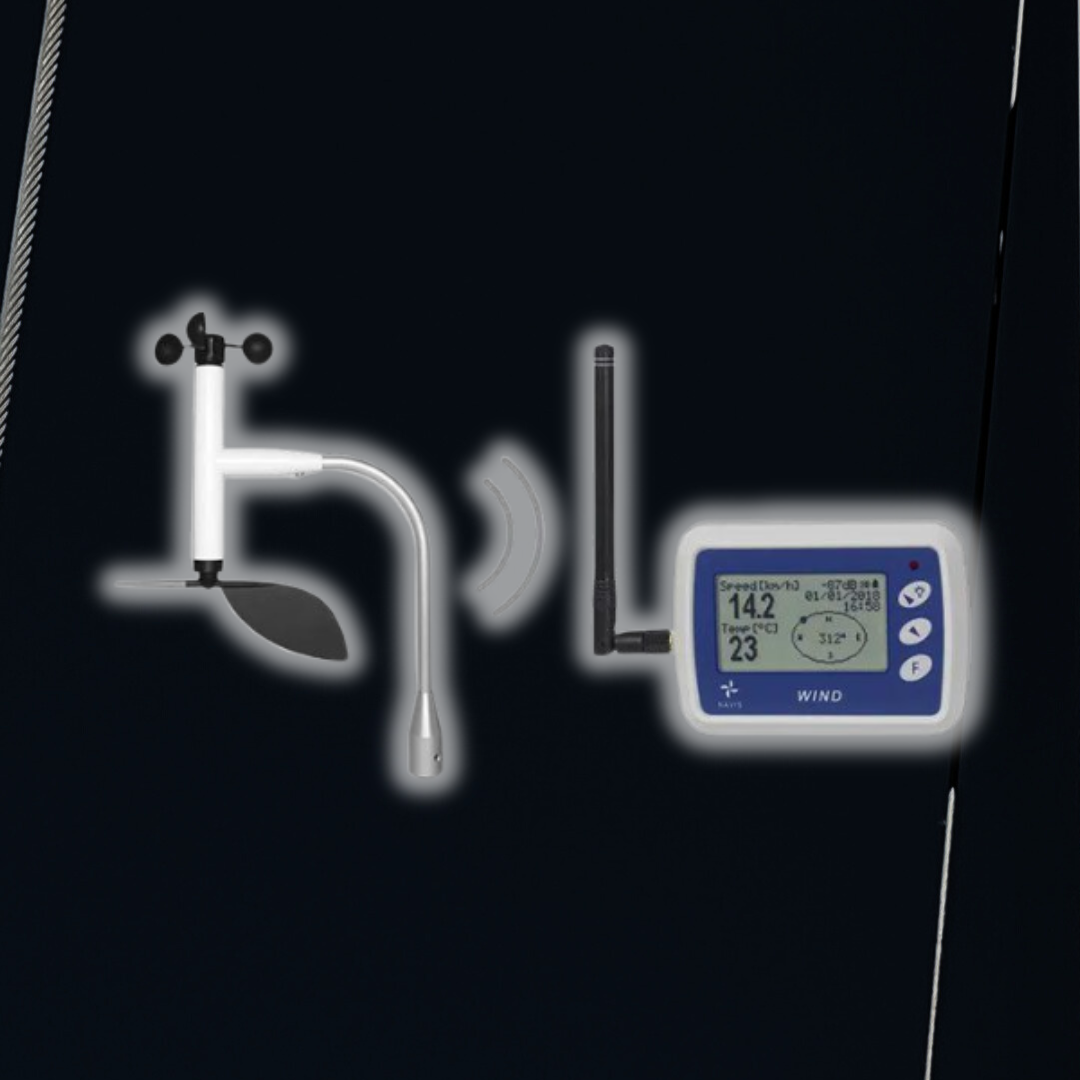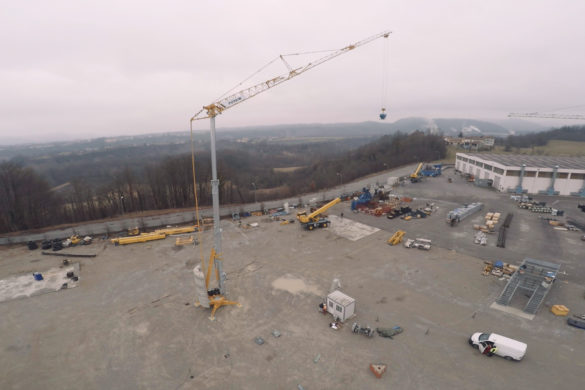
Wind measurement might seem like something only scientists and weather experts care about, but it touches everyday life in many quiet ways. A breeze that feels refreshing on a hot afternoon is the same force that can bend trees, move ships across oceans, or shift the balance of an airplane. Communities, workers, and families benefit when wind is studied because it brings understanding and safety to situations where nature can be unpredictable. People have learned over centuries that observing wind is not just about curiosity but about protecting lives and making wise choices.
The Fundamental Reason: Wind Is a Force
Wind is never still, and every movement carries power that acts directly on the world around us. This power can push against buildings, spin turbines to create energy, or create waves that affect people living near coasts. Anemometers are the tools that give shape to this invisible strength by measuring speed and direction with care. When wind is treated as a measurable force, it becomes possible to design safer structures, plan better activities, and prepare for challenges that weather may bring.
The Importance of Wind Measurement in Various Sectors
Understanding anemometers and how wind behaves is not just for scientists. It affects safety, travel, energy, and daily life in ways that many people may not realize. Industries and communities alike depend on accurate readings to plan, protect, and build. Wind can be gentle and refreshing, but it can also become a force that changes the outcome of projects, flights, or even entire regions during storms. Measuring it turns that invisible movement into knowledge that helps people act wisely.
Safety in Construction and Lifting Operations
Construction sites are places filled with planning, teamwork, and heavy machinery. Cranes rise high into the sky, carrying beams, panels, and other loads that must be handled with great care. Wind is one of the biggest concerns during these lifting operations because even a strong gust can swing a load or throw it off balance. An anemometer placed on a crane gives constant feedback about wind speed and direction, allowing operators to make safe choices.
Imagine workers waiting below while a steel beam is lifted. If the wind is too strong, the beam may sway, increasing the chance of an accident. Stopping the lift may delay progress, but it protects lives. Families can feel reassured when safety is placed first. Measuring wind also reduces the chance of damaging expensive machinery or materials. Companies benefit too because avoiding accidents means projects continue more smoothly in the long run.
Aviation and Airport Operations
Every takeoff and landing depends on precise knowledge of wind conditions. A pilot approaching a runway needs to know whether a crosswind might push the plane sideways or whether gusts could make it unstable. This is why airports have multiple anemometers spread across runways, all sending data to control towers. Air traffic controllers then pass this information to pilots, helping them make safer decisions.
Airlines also use wind data while planning flight paths. Highaltitude winds can shorten or lengthen travel times depending on direction and strength. When flights use favorable winds, they save fuel and reduce costs, while passengers enjoy shorter trips. Most people sitting in the cabin may not think about it, but their safety and comfort rely heavily on constant wind measurement. Without these tools, aviation would face greater risks every single day.
Weather Forecasting and Storm Tracking
Forecasting weather is a task built on understanding patterns in temperature, pressure, and wind. Wind measurements allow meteorologists to see how storms develop and where they are headed. Without knowing wind speeds, predicting rainfall, snow, or severe weather would be much harder.
When a storm approaches, people depend on timely warnings. Coastal towns, farmers, schools, and emergency teams all need to know when conditions might turn dangerous. Anemometers provide this data, giving forecasters the tools to track changing winds and issue alerts before damage occurs. Families who prepare ahead of time can stay safe because accurate wind readings gave them the chance to act. This shows how wind measurement directly protects communities.
Wind Energy Efficiency
The growth of wind energy highlights how valuable it is to measure wind carefully. Turbines that produce electricity must be placed in areas where winds are strong and steady enough to generate power. Before a wind farm is built, experts study the wind patterns of a location for months or even years. They measure not just speed but also direction and consistency.
Anemometers mounted on tall towers collect this information. Engineers then decide where to place each turbine for the best results. Without accurate wind data, some turbines might stand idle while others carry most of the load. By measuring carefully, energy companies produce cleaner power more reliably. This benefits entire communities by providing renewable energy that reduces the need for fossil fuels. People who live near these projects also gain because reliable planning keeps equipment safe and productive.
Marine and Coastal Safety
Life near the water depends heavily on understanding wind. Fishing crews, shipping companies, and even families enjoying the beach are affected when winds shift suddenly. Strong winds can create high waves, dangerous currents, and hazardous sailing conditions. Measuring wind along coasts and open seas provides mariners with the information they need before setting sail.
Ports and harbors also rely on wind data. Docking a large ship in high winds is challenging, and captains must know the exact conditions before attempting it. Coastal safety teams use this same information to warn beachgoers about rip currents or rough waters. In each of these cases, measuring wind is not about science alone, but about protecting lives and supporting the daily work of people who depend on the sea.
Measuring Wind Enhances Planning
Planning for work or community events often depends on knowing what the wind will do. Farmers deciding the best time to spray crops, organizers setting up outdoor concerts, and engineers scheduling lifts all use wind data to make safer and wiser choices. Accurate measurement allows projects to move forward with less guesswork. Without this information, people may face delays, wasted resources, or even unsafe conditions. When wind is measured carefully, communities can prepare better and carry out tasks with greater confidence.
Measuring Wind Enables Smarter Design
Builders and engineers rely on wind data long before construction begins. Skyscrapers, bridges, and stadiums all face constant pressure from moving air, and even smaller buildings must withstand local winds. Knowing the patterns of speed and direction in a specific area helps designers choose stronger materials and plan safer structures. The data also supports renewable projects like wind farms, where placement and spacing of turbines depend on months of accurate readings. Smarter design begins with understanding how wind interacts with the environment.
Why Precision Matters: Role of Anemometers
Anemometer uses help give people exact numbers, turning an invisible force into useful knowledge. A small error in measuring can create big problems, especially in fields like aviation or energy. Precision means that forecasts are reliable, construction sites remain safer, and turbines perform as expected. Communities depend on this accuracy because it guides decisions that affect safety, cost, and daily life.
Conclusion
Wind surrounds us every day, shaping safety, travel, and design. Measuring this invisible force turns guesswork into knowledge that protects lives and guides better choices. Anemometers make it possible to plan, design, and prepare with confidence. Communities, workers, and families all benefit when wind is respected and understood. Learn more about how wind tools shape safety, energy, and design in our world by visiting Crane Blogger.



